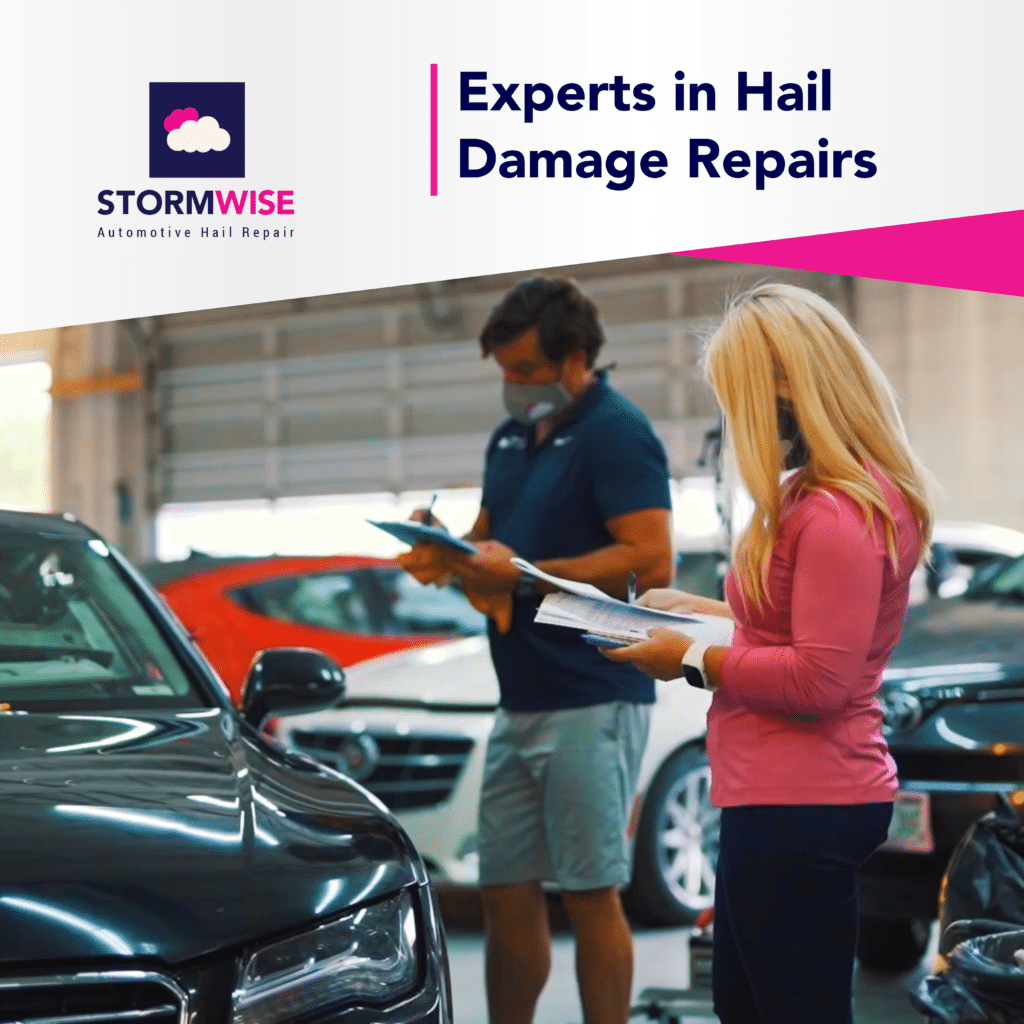Every day, countless cars hit the roads, but did you know a significant number face rear-end collision damage? Rear-end car accidents are a common form of mishap on the roads. Accidents happen and, unfortunately, the result is often rear-end collision damage to cars. No one anticipates the day their vehicle faces the brunt of a rear-end accident. Yet, while visible damage like dented rear bumpers or shattered brake lights can be distressing, it’s the hidden damage that should truly concern drivers.
In this blog, we’ll delve into the hidden issues that arise from a rear-end crash, detailing how something seemingly minor can lead to considerable vehicle damage. So, before you dismiss that recent minor rear fender bender as cosmetic damage or just some dings, read this. You might be surprised – it’s not just about the visible dents and scratches. There’s more going on under the hood and within the drivetrain!
Beware: Visible Damages vs. Hidden Problems
It’s easy to notice a dented rear bumper, broken tail lights, or other cosmetic damage. Such visible aftermaths of a rear-end car accident undoubtedly demand immediate attention. However, beneath the surface lies a realm of potential hidden damage that can be far more treacherous. While your car might look alright, deeper issues like alignment problems, electrical damage, or even transmission damage could be lurking in the shadows.
Hidden problems resulting from rear-end collision damage, such as misalignment, electrical damage, or compromised transmission components, often remain under the radar in the initial aftermath. These stealthy issues might not manifest immediately, but as time progresses, they can severely affect your vehicle’s performance, reduce its fuel efficiency, and jeopardize your safety on the road.
Consider the analogy of an iceberg: what you observe above water is merely a fraction of its total mass, with the majority hidden beneath. Similarly, post a minor collision, while the visible damages might seem limited, the unseen types of damage can be extensive and far-reaching. Always remember, addressing the cosmetic aftermath of a rear-end crash is just the start. Delving deep and ensuring that underlying issues, from transmission components to any other internal damage, are appropriately identified and fixed is vital for the vehicle’s longevity and your peace of mind.
6 Hidden Problems After a Rear-End Collision
Navigating the aftermath of a rear-end accident can be a deceptive experience. At first glance, the damages might appear to be limited to obvious signs like dents or broken tail lights. However, beneath the surface, a more complex picture often emerges. Certainly, rear-end accidents might seem straightforward in terms of the damage they cause, but many hidden issues don’t become apparent immediately. These underlying problems can be more insidious, revealing themselves only with time, making it essential to approach post-collision assessments with a comprehensive and vigilant perspective.
Frame Damage

This is among the most critical hidden damages a vehicle can sustain after a rear-end collision damage. The frame, often seen as the vehicle’s backbone or its rear-wheel drive foundation, holds everything together. When there’s frame damage, it can not only compromise the structural integrity but also negatively affect alignment. This makes the vehicle unsafe, potentially affecting the transmission fluid flow and making it unpredictable on the road.
Trunk Malfunctions

The trunk, being directly in the line of impact during a rear-end crash, is prone to both visible dents and hidden damages. One of the overlooked damages is to the latching mechanisms. A compromised latch can lead to trunk damage, causing it to unexpectedly open while driving. This poses a significant safety risk, jeopardizing the resale value and causing further vehicle damage.
Hidden Mechanical Problems

Beyond visible cosmetic damage, the sheer force exerted during a rear-end car accident can displace crucial mechanical components. This includes the exhaust system, affecting the catalytic converter, leading to harmful emissions or reduced fuel efficiency. Other components, like the transmission or all-wheel drive (AWD) drivetrain, could also be at risk, affecting the car problems you might experience.
Electrical Issues

Modern vehicles, especially those with rear-wheel drive (RWD) or all-wheel drive (AWD), are laden with electronic systems and sensors. Located particularly in the rear, where parking aids, brake lights, cameras, and other systems reside, any rear-end crash can lead to electrical damage. These malfunctions may not be immediately apparent but can compromise safety features or render driver aids, like rear-end cameras, inoperative.
Alignment Issues

Though the vehicle might appear fine post-rear-end accident, underlying alignment problems can emerge, affecting its drivetrain. Misaligned wheels can lead to uneven tire wear, making the common form of minor rear tire wear more pronounced. This reduces fuel efficiency and can affect steering wheel response, especially during high-speed maneuvers or when adhering to speed limits in inclement weather.
Hidden Body Damage

Visible damages, like dings and scratches, are just the tip of the iceberg after a rear-end car accident. Beneath the surface, there can be more types of damage like structural issues that, if left unattended, can weaken the auto body shop‘s integrity of the vehicle. This not only makes the car more vulnerable in future accidents but can also lead to rust, especially if protective coatings or paints are damaged, thereby affecting the car’s resale value. Consider reaching out to a collision repair shop to ensure all damage is addressed.
What to Do if You Have Rear-End Collision Damage
After experiencing a collision, it’s crucial to have your vehicle thoroughly inspected at a trusted collision repair shop. Professional technicians can identify not-so-obvious damages, from frame deformities to suspension system issues.
The aftermath of an accident isn’t solely about addressing visible dents and scratches—it’s about ensuring overall safety. For everything from minor adjustments to extensive repairs, consider consulting with a reputable auto body shop in Denver, such as StormWise. Their skilled team will work to ensure your vehicle is roadworthy once more. Prioritize your safety; entrust your car’s repair to seasoned professionals and regain your peace of mind.










 Auto hail
repair
Auto hail
repair
 Hail
damage cost calculator
Hail
damage cost calculator  Before/After
Before/After
 PDR cost
101
PDR cost
101
 About
StormWise
About
StormWise
 reviews
reviews  Articles
Articles  FAQs
FAQs
 resource & contact
resource & contact